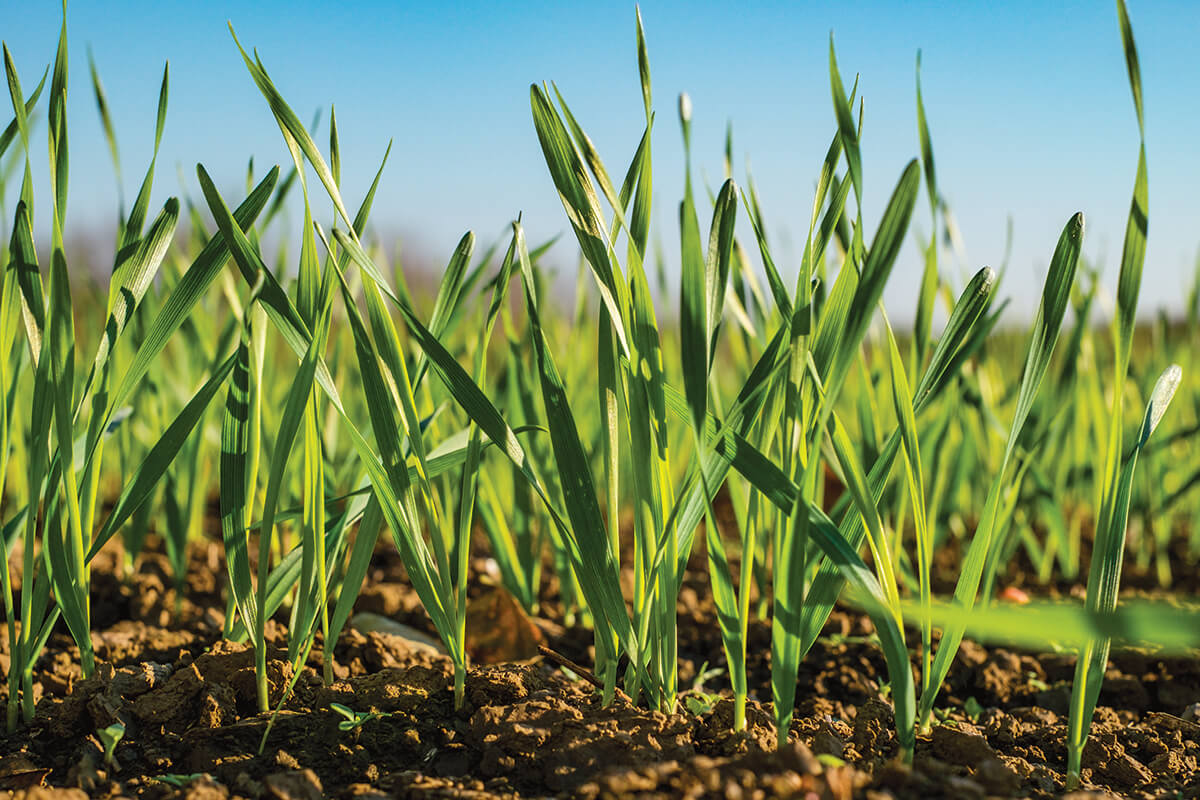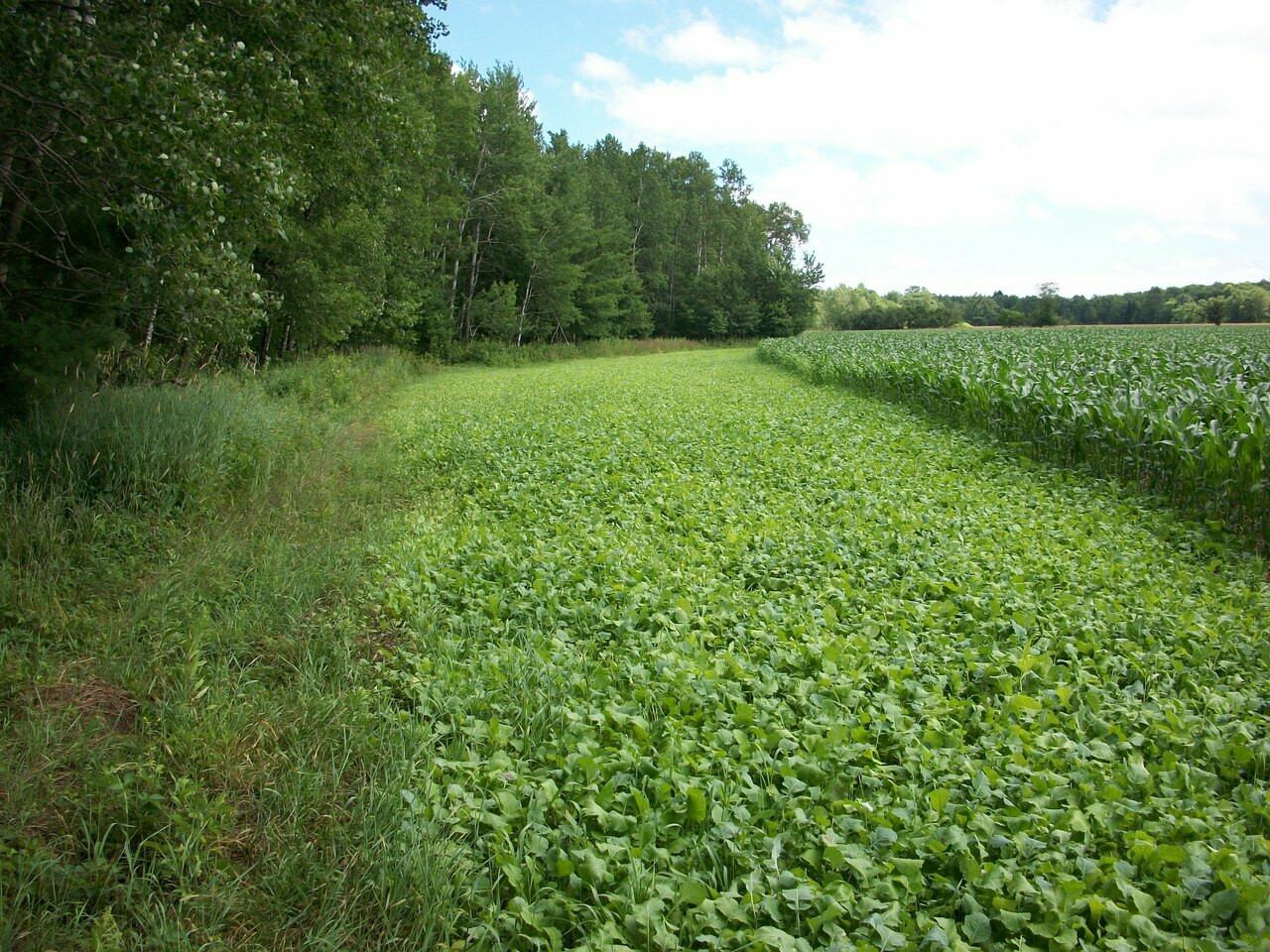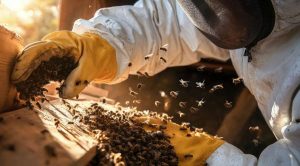
Wildlife management is a rewarding pursuit that involves creating sustainable environments to help different biological systems and upgrade the general soundness of nearby fauna. Key to this work is the establishment of food plots, decisively planned regions that give fundamental rummage to wildlife. To accomplish excellence in food plot establishment, follow this ultimate guide go to the website that offsets environmental contemplations with the objectives of land supervisors, trackers, and protectionists the same.
- Environmental Site Appraisal:
Begin with a complete biological site evaluation to grasp the one of a kind qualities of your territory. Distinguish local vegetation, water sources, and travel halls of neighborhood wildlife. This information shapes the establishment for a food plot plan that supplements the existing biological system.
- Objective Distinguishing proof:
Define clear objectives for your food plot in light of the more extensive targets of wildlife management. Whether the attention is on enhancing deer living space, supporting game bird populaces, or promoting biodiversity, adjust your food plot establishment to explicit objectives to expand its viability.
- Soil Wellbeing Investigation:
Direct an itemized soil wellbeing examination to survey supplement levels and pH. Soil revisions can then be made to establish an ideal climate for seed germination and plant development. Solid soil is major to an effective food plot that sustains wildlife and advances plant variety.

- Local and Supplemental Plant Determination:
Select a combination of local and supplemental plants that take special care of the dietary necessities of nearby wildlife. Local vegetation upgrades biodiversity, while supplemental plantings, like clover, chicory, and brassicas, give vital search. This blend adds to a balanced and versatile food plot.
- Key Planting Strategies:
Tailor planting strategies to the attributes of picked seeds. More modest seeds might be communicated the hard way or through a seed spreader, while bigger seeds benefit from accuracy planting with a drill or grower. Follow prescribed seeding rates and profundities to guarantee uniform germination and strong plant development.
- Occasional Contemplations:
Think about the occasional necessities of wildlife while planning your food plot. Pick a blend of plants that give all year scrounge, supporting wildlife through various seasons. This approach sustains neighborhood populaces and adds to a better biological system.
- Wildlife-Accommodating Infrastructure:
Incorporate wildlife-accommodating infrastructure, for example, water elements and haven, into your food plot plan. These components upgrade the general engaging quality of the plot, providing a balanced living space that upholds different species.
The ultimate guide to wildlife management through food plot establishment integrates biological principles, clear objective setting, go to the website soil wellbeing examination, different plant determinations, key planting strategies, occasional contemplations, wildlife-accommodating infrastructure, and ongoing monitoring. Achieving excellence in food plot establishment isn’t just a demonstration of viable land management yet additionally a promise to fostering thriving environments that benefit both wildlife and those energetic about preservation and capable hunting rehearses.







